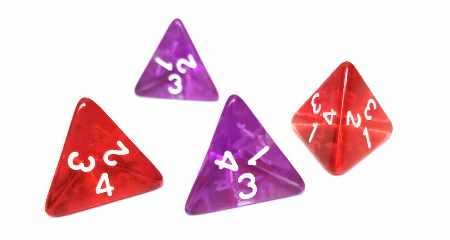Board games are more than just a fun classroom activity. When used strategically, they can become powerful tools for reinforcing grammar, vocabulary, and speaking skills. Whether you’re reviewing modal verbs, practicing the past tense, or introducing new vocabulary, the right board game can make all the difference. In this post, I’ll share tips on how to get the most out of ready-made board games in your ESL classroom.
Why Board Games Work in ESL
Let’s be honest—grammar lessons can sometimes feel dry, boring or even intimidating, especially for adult learners who’ve had negative experiences with language classes in the past. Board games change that dynamic. They get students involved in the learning process without the pressure of traditional exercises, making grammar and vocabulary practice feel more like play than work.
They also create a low-pressure, high-engagement environment where language comes to life. Here’s why board games are such effective tools in the ESL classroom:
- Increased Student Participation: Games make learning interactive and fun, encouraging even shy or reluctant students to speak up and join in.
- Group Dynamics: Many students are more inclined to speak in a small group rather than when the whole class can hear them. It’s also a great chance for bonding.
- Real-Life Language Use: Many games include prompts that mimic real language or promote genuine conversations. Students get to practice asking and answering questions, giving opinions, and using target grammar in context.
- Peer Learning: Students often help each other form sentences, clarify instructions, or correct mistakes—supporting each other while they play.
Positive Associations with Grammar: Games can help shift students’ mindset around grammar, turning something they might dread into something they actually enjoy.
Choosing the Right Board Game for Your Lesson
Grammar Practice
Look for games that require students to use specific sentence structures in context. Make sure they match the target language of your lesson. For example, a modal verbs game might include prompts like “Give advice to someone who has a job interview,” encouraging full-sentence responses like You should… or You could…. Games like these work well for reviewing forms like the past simple, conditionals, or question formation.
Vocabulary Review
Choose a game built around a theme—like travel, jobs, or health—and check that the prompts encourage students to use the target vocabulary. The best games go beyond simple recall and ask students to use new words in full sentences, create questions, or explain terms in their own words.
Speaking Fluency
If your goal is general fluency or conversation, look for games that include open-ended speaking prompts. These don’t need to target a grammar point, but they should still be structured enough to keep the focus on real communication—not just rolling dice. Encourage students to ask follow-up questions where possible to keep conversations going.
Classroom Tips to Get the Most Out of ESL Board Games
Once you’ve chosen the right game, here are a few tips to make sure your classroom runs smoothly and efficiently during game time:
1. Laminate or Use Plastic Wallets
Printing, cutting, and storing board games can be time-consuming, so it’s a good idea to laminate your game boards or slip them into plastic wallets. This protects them from wear and tear and saves you from having to print them again next time you want to use the game.
2. Invest in Real Counters

While it might seem like a small detail, having real plastic counters or tokens helps prevent wasting valuable class time while students scramble for erasers, coins, or scraps of paper to use as placeholders. Counters are inexpensive, easy to store, and help the game start quickly – so you can spend more time on language practice and less time on setup.
3. Encourage Follow-Up Questions
Sometimes students get caught up in the competitiveness of the game and rush to the finish. Remind them the goal is speaking practice—not finishing first. Encourage students to answer in full sentences and ask follow-up questions when relevant.
4. Have a Plan for Early Finishers
Not all students will finish at the same time. Be prepared with a few tasks to keep early finishers engaged:
- Pick a few squares from the board at random and quiz each student in the group that finishes first.
- Get each student to pick a question that you (the teacher) will answer.
- Flip the board over (or just take it away) and see how many prompts they can remember.
- Have them review the vocabulary or grammar from the game—e.g., write 3–5 sentences based on the board game prompts.
- Ask what they learned, enjoyed, or found challenging about the activity.
5. Advanced Tip: Try a Four-Sided Die

If you want to slow down the pace and give students more time to think and speak, try using a four-sided die (D4) instead of the usual six-sided one. This small change can make a big difference—especially in games that require explanation or conversation. The lower number of possible moves keeps things moving at a more thoughtful pace.
Wrap-Up: Maximizing Your Game Time
Board games aren’t just for entertainment—they’re a fantastic, low-stress way to get students practicing key language points. By choosing the right game for your lesson objectives and incorporating a few practical classroom strategies, you can turn board games into a highly effective teaching tool—not just a fun activity.
Ready to start playing? Explore my collection of over 30 ESL board games—perfect for practicing vocabulary, grammar, and conversation in your classroom. Check them out here. We’ve blogged about some of board games previously. You can read about out Comparative Adjective Board game , or our flexible Superlative Adjective board game here.
If you’ve never tried using board games in your class before, why not start with this free Conversation Board Game for Intermediate level learners.

